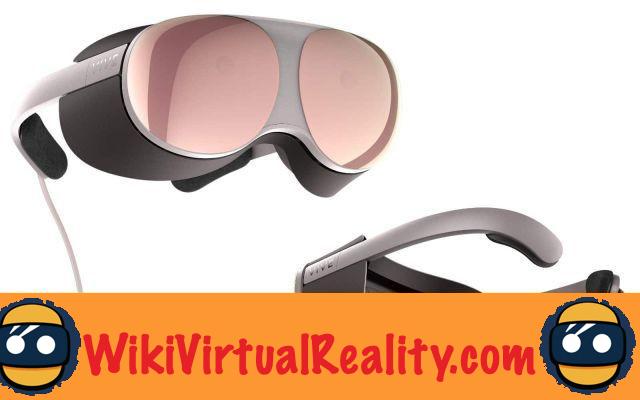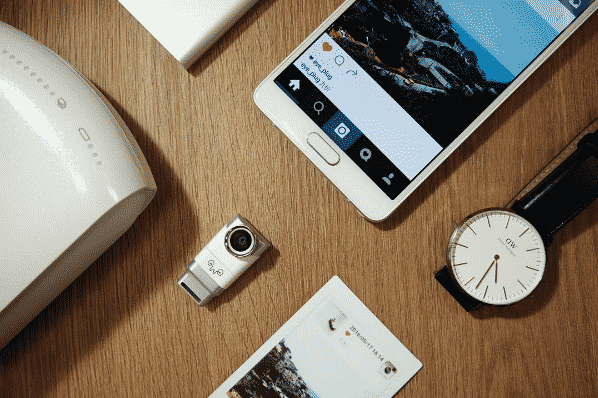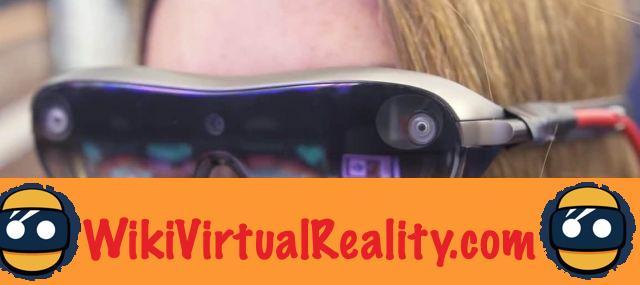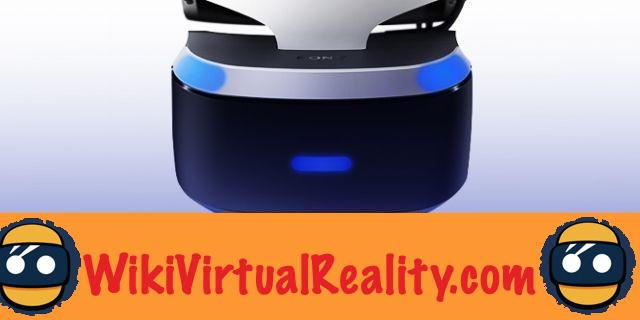
Summary
With the Oculus Quest 2, Facebook has confirmed the appeal standalone VR headsets called "all-in-one". This type of device is very easy to use, since it does not require a wired connection or external sensors.
The public is there, and the Quest 2 even sells better than the first which was already a success. Over the course of 2021, it is likely that Facebook continues to focus its efforts on this flagship product.
However, after Oculus' all-in-one headsets, its big rival HTC Vive predicts the success of a new type of device: all-in-two VR / AR headsets. This is the expression used by HTC Vive general manager for the EMEA region (Europe, Middle East, Africa), Graham Wheeler.
All-in-2 headsets: VR / AR glasses connected to the smartphone
This term actually refers to VR / AR headsets connected to a smartphone via a cable. These devices have the advantage of being lighter, since they do not include internal components.
Computing power, graphics and energy are provided by the smartphone. The helmet itself just display the images.
This concept could recall the first Cardboard type VR headsets, using the smartphone as a screen, like the Samsung Gear VR or Oculus Go. However, these devices have completely disappeared following the appearance of stand-alone VR headsets.
However, all-in-2 headsets have a major difference with Cardboard. They connect to the phone via a cable, rather than hosting the phone in a dedicated location.
The connection is therefore much faster, simpler, and the weight of the headset does not increase. Moreover, the power of smartphones has increased a lot in a few years and their power almost rivals computers.
In addition, since these helmets do not embed any component or almost, they offer new design possibilities. They can more get closer to a pair of glasses than an imposing visor. As an example already on the market, we can mention the Nreal AR glasses.
That is why HTC Vive expects to see many devices of this type appear in 2021. The Taiwanese firm admits that it has been interested in this technology for a long time, in particular through its VIVE Wave platform. HTC has collaborated with chipmaker Qualcomm on this platform, to enable 5G smartphones to run VR / AR applications.
2021, a big comeback for HTC Vive?
After a very calm year 2020, HTC Vive could therefore return take center stage with a new all-in-2 headset. Last February, the manufacturer presented a helmet concept with the code name Proton ...
In addition to the rise of this new type of headset, the HTC representative also expects PC headsets to continue to evolve. Expected innovations like foveal rendering combined with Ray Tracing could finally be democratized thanks to the progress made in the field of graphics cards.
Finally, Graham Wheeler expects the hand-tracking technology continues to improve. According to him, however, it should remain reserved mainly for B2B applications despite "more ads focused on the general public" ...
As saying that 2021 promises to be a good year for immersive technologies! For more predictions for VR / AR in 2021, see our full report on the subject.





![[GOOD TIP] The DJI Mavic Air drone at only 970 euros 🔥](/images/posts/508c7088bbc439b2faabf0ee3721dc83-0.jpg)
![[WWDC 2017] Mac VR: Apple computers running macOS High Sierra compatible with HTC Vive](/images/posts/1efe8a66c6dc80ec888133efad603474-0.jpg)
![[Review] Augmented Empire - A fascinating cyberpunk tactical RPG on Samsung Gear VR](/images/posts/e59f79c2980c7163a7cfe93c1a40e553-0.jpg)


















